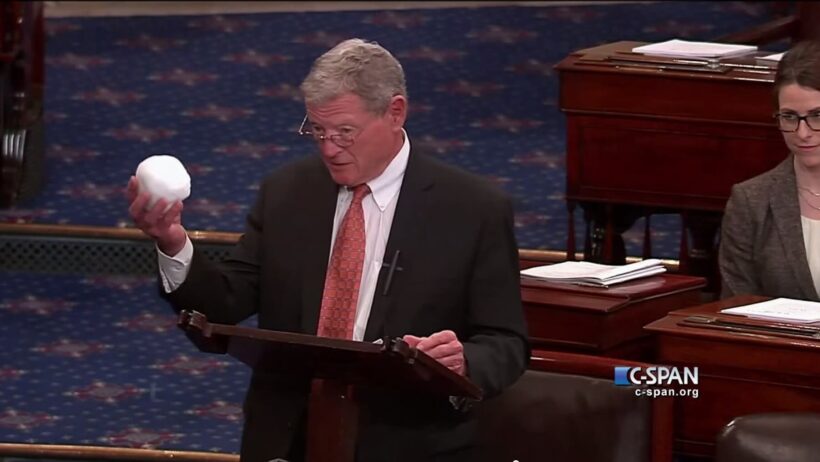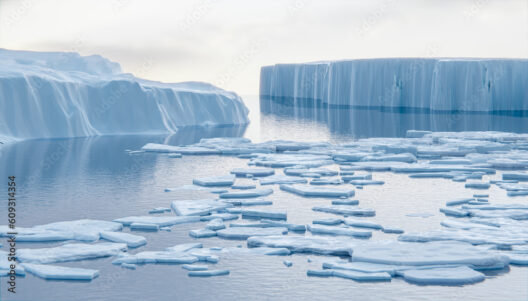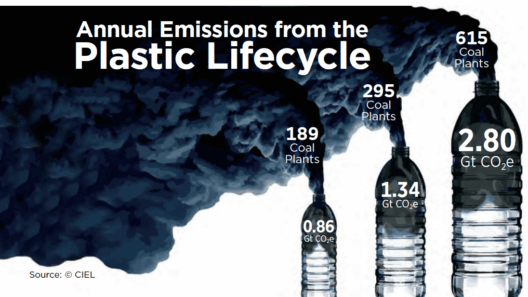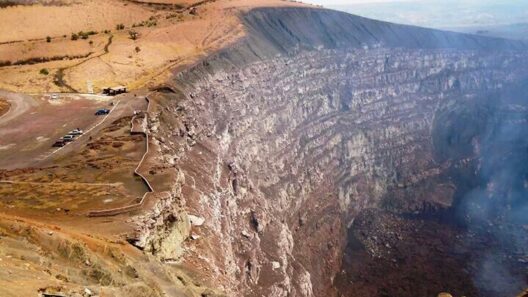In discussions about climate change, the terms “weather” and “climate” are frequently intermixed, leading to a significant amount of confusion. While both pertain to the atmosphere and can influence our daily lives, they encapsulate vastly different phenomena. Understanding the distinctions between the two is essential not merely for scientific accuracy but also for grasping the complexity of global environmental shifts. This discourse aims to elucidate these differences, thereby fostering a clearer understanding of their respective implications.
At its core, weather refers to the short-term atmospheric conditions in a specific place at a particular time. It encompasses elements such as temperature, humidity, precipitation, wind speed, and atmospheric pressure. Weather can change rapidly, sometimes within minutes or hours, and it is what you experience when you step outside. For instance, a sudden downpour or an unexpected gust of wind is a direct reflection of current weather patterns. Meteorologists rely on sophisticated models and observational data to provide forecasts that can extend from a few minutes to several days ahead.
In stark contrast, climate describes the long-term average of these weather elements over an extended period, usually taken in intervals of thirty years or more. Climate embodies the typical conditions one might expect in a particular region, encompassing seasonal variations and underlying trends. For instance, one might refer to the climate of a region as ‘humid subtropical’ or ‘arid desert,’ terms that encapsulate expected weather patterns over time. This long-term perspective is crucial when analyzing phenomena such as global warming, which entails a gradual increase in the Earth’s average temperature over extended periods due to human-induced emissions of greenhouse gases.
One common observation is how people often use current weather events to dispute or downplay climate change. For instance, an unseasonably cold winter day may lead some to question the validity of a warming planet. This showcases not only a misunderstanding of the temporal dimensions involved but also hints at a deeper, often subconscious desire to grasp complex scientific concepts through tangible experiences. Weather is something people can feel immediately, while climate is an abstraction, making it easier to disbelieve or overlook climate narratives in favor of present-day experiences.
Moreover, human cognition is predisposed to favor concrete information over abstract. When individuals are confronted with a weather anomaly, it triggers an immediate, visceral response, which might overshadow long-term climatic trends. This phenomenon can perpetuate a cycle of misunderstanding regarding climate change, as people might fail to connect the dots between daily weather fluctuations and global climate patterns.
Additionally, the interplay between weather and climate can lead to severe ramifications in environmental policy and public perception. The infrequent devastations caused by extreme weather events—hurricanes, droughts, and floods—often capture headlines and fuel public discourse. Yet, these events, while influenced by climate change, are fundamentally weather phenomena. The challenge lies in transitioning public awareness from immediate weather events to understanding their relationship with climate change.
The implications of not understanding the difference between weather and climate can be extensive. Inaccurate perceptions can lead to inadequate responses regarding environmental policy, mitigation strategies, and adaptive practices. For example, if policymakers base their decisions solely on short-term weather data without considering the underlying climatic trends, they risk developing strategies that fail to address longer-term challenges. Effective climate action necessitates a cohesive understanding that transcends the immediacy of weather.
Furthermore, a comprehensive understanding of these terms encourages more informed discussions about sustainability and conservation efforts. When individuals recognize that climate change is an evolving crisis with long-term consequences, they may be more inclined to support initiatives aimed at reducing carbon footprints, promoting renewable energy sources, and advocating for systemic changes in consumption patterns. Consequently, fostering a deeper understanding of the relationship between weather and climate can galvanize collective action, essential for combating global warming.
To enhance public understanding, educators and communicators should strive to elucidate the differences between weather and climate in engaging ways. Utilizing visual aids, interactive activities, and easily digestible content can demystify these concepts and reinforce their significance. By presenting relatable examples, such as the seasonal variances in regional climates, educators can effectively bridge the knowledge gap that often hinders informed discussions about climate change.
In conclusion, while weather and climate are intrinsically connected through atmospheric phenomena, distinguishing between the two is pivotal for fostering a deeper understanding of climate change. The urgency of addressing climate change can often be overshadowed by immediate weather occurrences, leading to misinformation and misunderstanding among the public. By clarifying these terms and emphasizing their implications, it becomes possible to engage individuals more effectively, prompting thoughtful dialogue and catalyzing action towards a sustainable future. Undeniably, in the face of climate change, comprehension is a powerful catalyst for transformative action.








